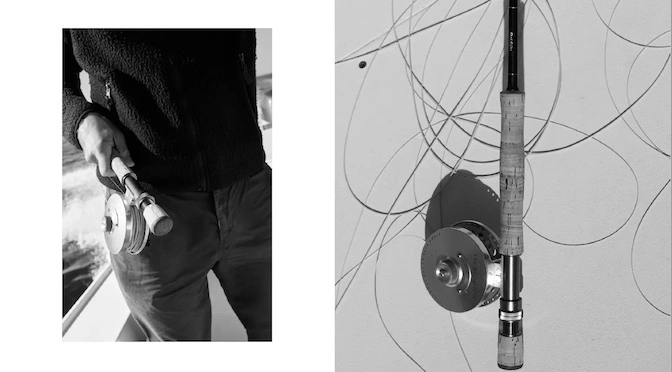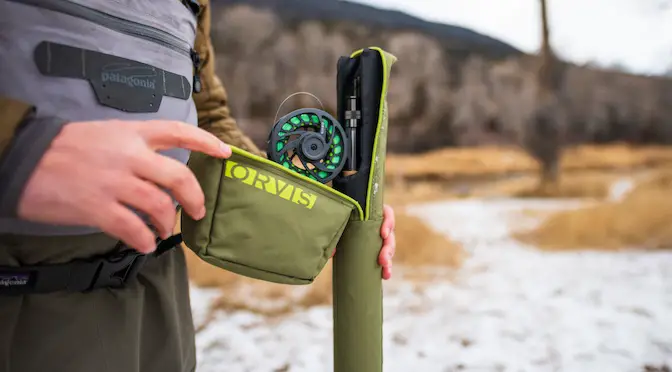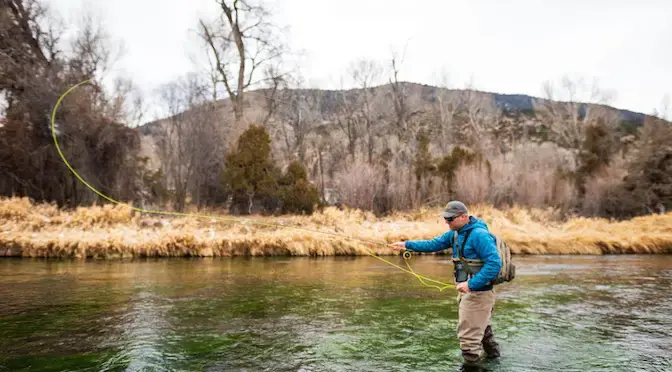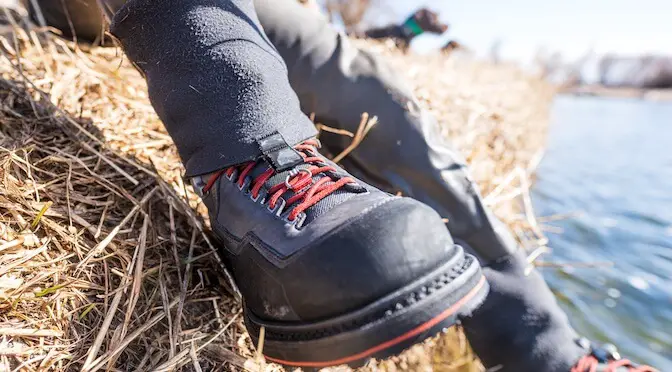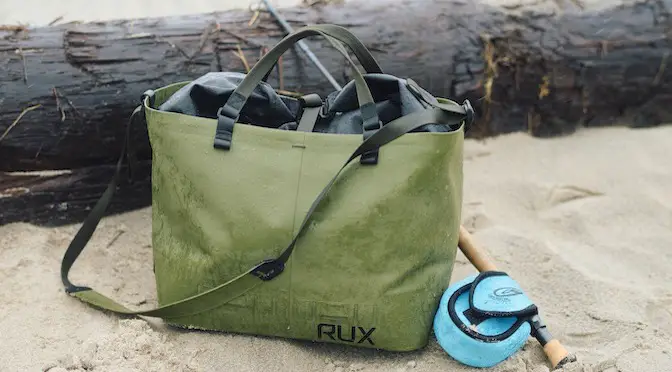Last updated on November 25th, 2020.
- Generational Divide - September 13, 2022
- Mousing for Trout at Night - September 6, 2022
- Best Tenkara Rod of 2023 – Buyer’s Guide - July 22, 2022
The Eastern US was once home to Maine Atlantic Salmon. Can the majestic fish make a comeback there?
We spoke to Dwayne Shaw, Executive Director of the Downeast Salmon Federation (DSF). We asked him about the situation of Maine salmon and what needs to be done to secure a future for the “King of Fish” in the Eastern United States.
What’s the current status of Atlantic Salmon on the American East Coast?
Since 1994 Atlantic salmon have been listed as endangered under the U.S. federal Endangered Species Act. That designation has only prevented extinction, not recovered populations. The political will needed to turn things around does not exist and remains our greatest hurdle. We know what to do and how to do it. But finances are preventing us from taking aggressive action.
Over the last 50 years there have been heroic efforts to develop breeding stock by several states in the New England area of the U.S. There once were bountiful supplies on many rivers. For instance, in Connecticut the fish had completely disappeared. The state embarked on a 45 year $25 million project developing a hatchery. It caught migrating salmon and used the eggs for parr development. The project ended in failure. Similar projects in neighboring states Massachusetts and Vermont also failed.
In Maine, there have been similar efforts with processes like other hatcheries. Between 1976 and 2011, natural spawning and fed fry programs had some minimal growth. Not until DSF introduced the Peter Gray unfed, streamside process in 2012 did results begin to grow noticeably. Today, the DSF hatchery parr stocking program produces 2X the smolt production as the region’s largest stocked river.
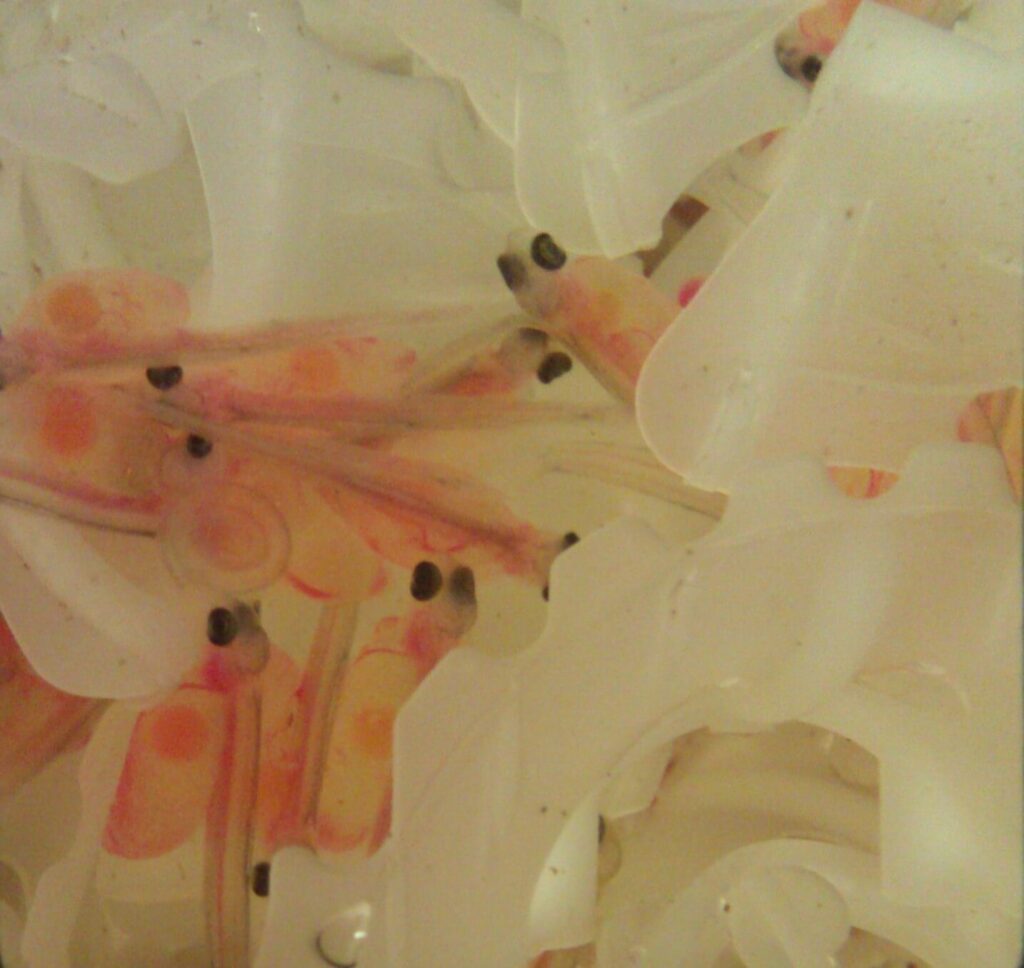
What are the most imminent threats to wild fish on the East Coast?
Our biggest challenges are in building a restoration movement. Bringing the level of awareness and the urgency to front-of-mind and resultant policy is extremely challenging. Atlantic salmon have been a political hot potato since the 1600’s. That’s when the first dams sprang up on this continent. To this day, the state of Maine refuses to place Atlantic Salmon on the state’s own ESA (Endangered Species Act) list. The federal government was forced to step in and take action over the objections of most politicians from both parties at the time. In many ways, that situation continues to this day.
Half of our nation’s voters (over 70 million people) support a presidential candidate who mocks the scientific method. He also calls climate change a hoax. He has actively sought to erode the Clean Water Act and Endangered Species Act. It is clear that the most imminent threat is education, awareness and a connection to reality.

What’s the biggest challenge of the next ten years regarding Maine salmon conservation work?
Countering cynicism: Cynicism directly affects the potential for working on the wild Atlantic salmon recovery effort. When the public narrative becomes one of disbelief that recovery is possible it spreads into the philanthropic community. The ‘save the endangered fish’ story falls prey to declines in the support necessary to mount an impactful campaign and sustain it for the long and hard process necessary for success.
How can Atlantic Salmon feel the effects of climate change already?
Highly variable weather is resulting in extreme cold, heat and flows (droughts and floods). It directly impacts all habitat and food webs of the Atlantic salmon. Salmon are survivors though and if we can remedy as many issues with dams, antiquated hatchery techniques, pollution and overfishing in a timely way, this will give salmon a fighting chance and good foothold in the face of climate change.
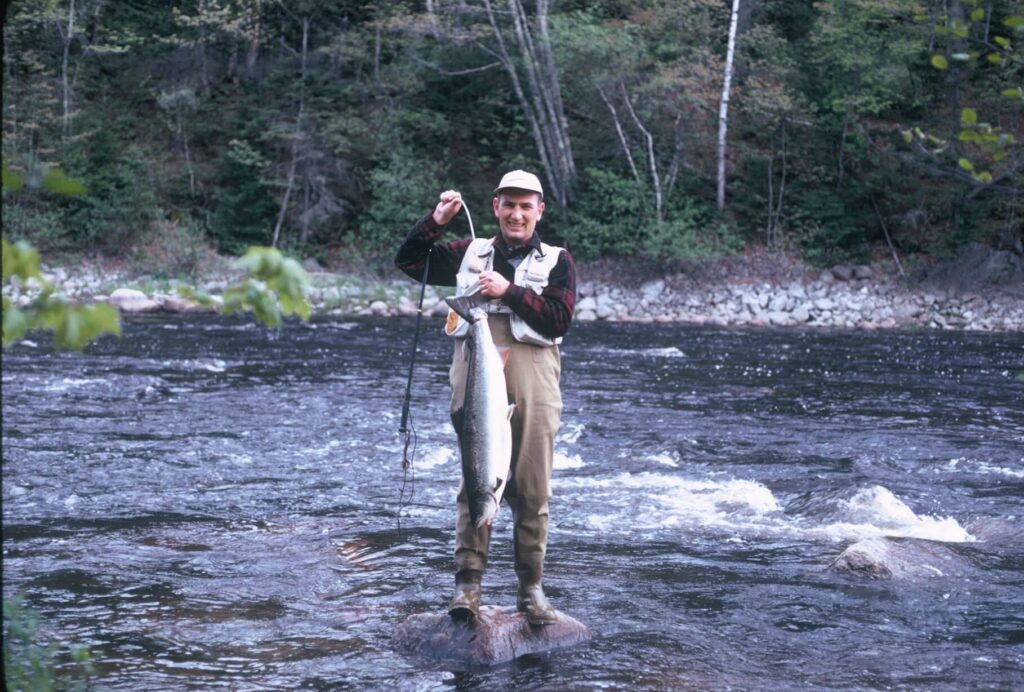
What can the individual fly fisher do to protect Maine salmon?
Anglers need to support the conservation efforts with their time and treasure and generously support activities of conservation and advocacy groups like DSF. Become a righteous salmon and clean water advocate! Anglers need to practice safe catch and release for salmon and “teach your children well”.
What’s the importance of keystone species?
Atlantic salmon are an umbrella species. Protect them sufficiently and many other species will follow as a result. River herring and macroinvertebrates are a good example. Protect them and their habitat is safe. This benefits humans who need clean water and salmon as spiritual symbols and as a connection to nature and our heritage.
In this ecosystems of New England, river herring are the keystone species. Their presence is required to support proper ecosystem function. River herring transport nutrients and are critical in the food web.
For more information visit the Downeast Salmon Federation

